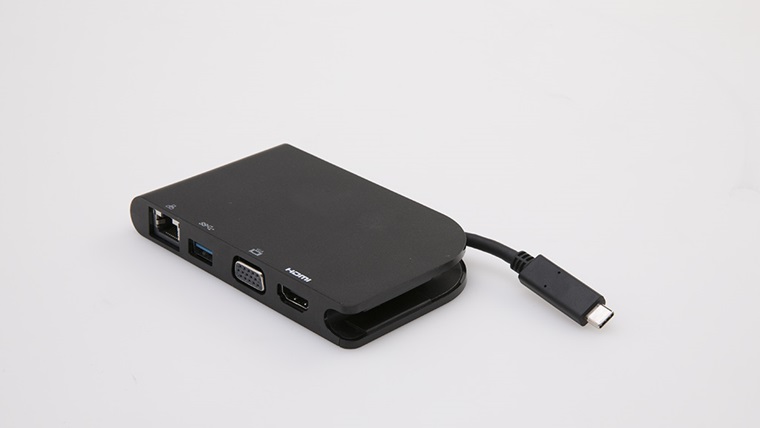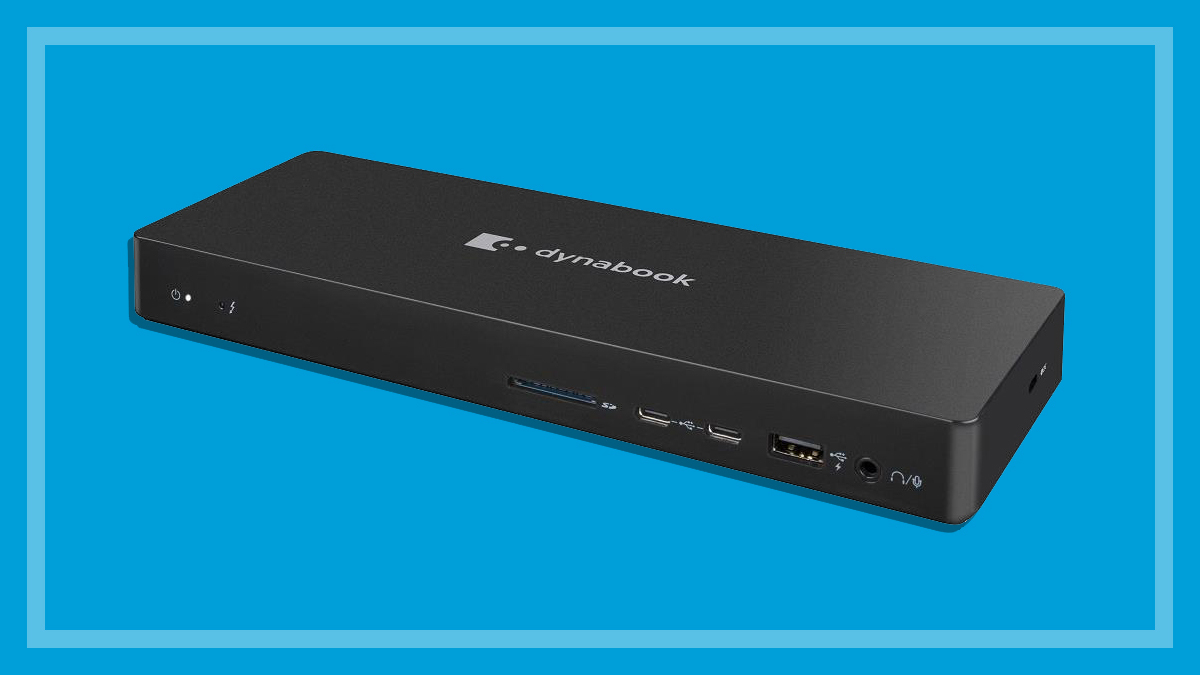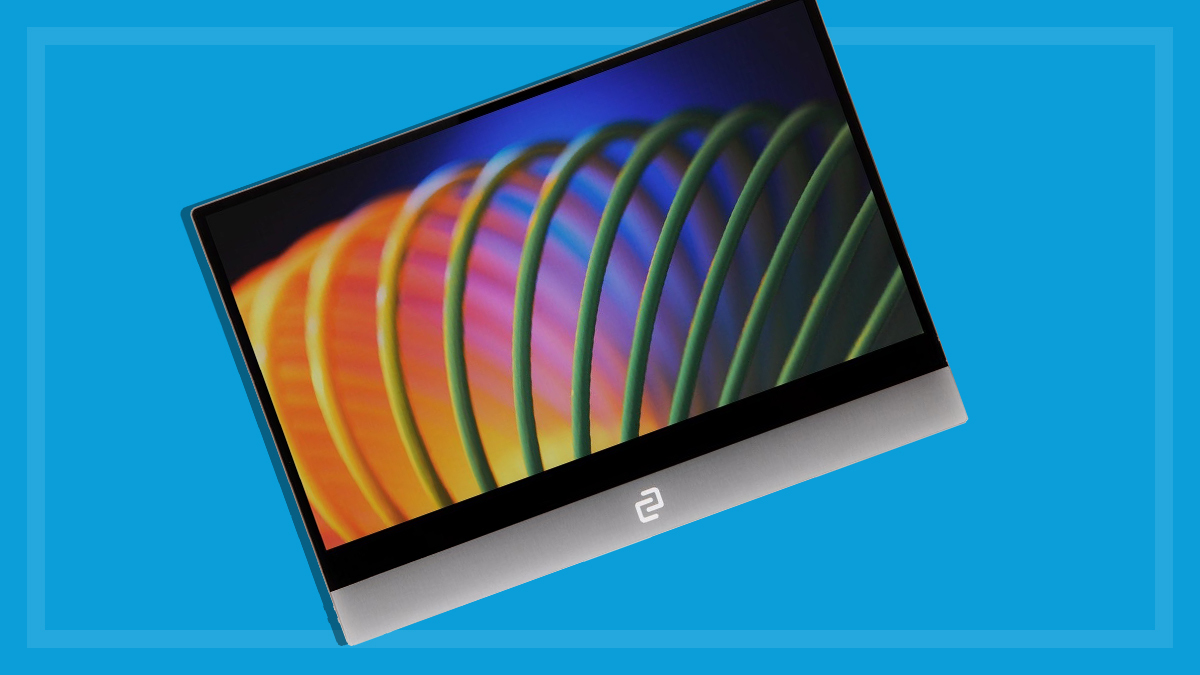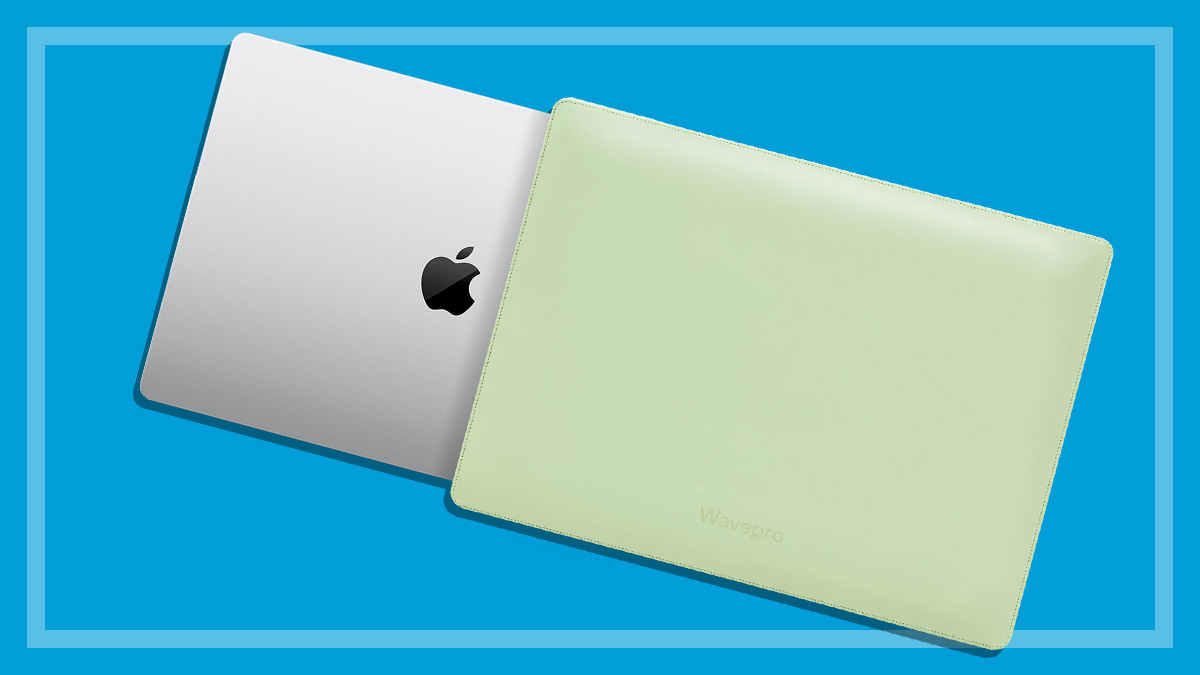How to buy the best USB-C hubs
Find a multi-port adapter that works with all your existing tech devices.
Last updated: 12 Sep 2017
USB-C has the support of all the major tech industry players, and it’s quickly being adopted as the new standard connection for laptop computers. So it’s almost inevitable that you’ll find it on your shiny new laptop computer, possibly at the expense of traditional connection ports such as USB 3.0, HDMI, VGA, Ethernet and SD card.
On this page:
When that happens, you’ll be forced into using adapters to plug in your older devices, such as hard drives and monitors. But finding a USB-C hub that actually works with all your gear is a bit hit and miss.
Before you hit the stores, or our USB-C hub reviews, have a read of this guide so you know what to look for in this fairly new product.
Why you need a hub
The writing has been on the wall for legacy ports ever since Apple fearlessly debuted a lone USB-C port as the sole connector on its 2015 MacBook. Taking a bold minimalist approach is nothing new to Apple, but it left people wondering, “How do I connect all my stuff to that?”.
Of course, Apple provided its own adapters, including a typically minimalist single USB-C to USB cable, with no power. You could connect a USB device or you could charge your MacBook, but not both at the same time. For that you needed the multi-port adapter (which we’ve included in our USB-C hubs review). As other laptop players also adopted USB-C, a whole new category of add-ons was created for laptops – multi-port USB-C adapters, or hubs.
Few are as bold as Apple though, and while you’ll find USB-C increasingly adopted by a range of Windows laptops, there are usually one or two other legacy ports as well. But you may still need a hub.
It’s a simple idea to add a USB-C adapter or hub (multi-port adapter) but we’ve found that units we’ve bought don’t work properly with all devices.
The limitations of USB-C hubs
The promise of USB-C (also known as USB Type C) was to provide one port to rule them all – just one common plug to connect all your varied external devices. But the reality is far different. When you buy a USB-C hub to connect to your shiny new USB-C laptop, there’s no guarantee that it’ll actually work with your existing devices. In fact, when we tested these products for our USB-C hub reviews, we found there’s a pretty high chance that it won’t.
Sure, it may work with some of them. And if you’re lucky it may actually work with everything, but our testing found that this is the exception rather than the rule.
Once again, the dream of universal computer connectivity has been let down by a lack of clear information, non-adherence to technical standards, poor-quality parts and the desire by knock-off makers to grab a quick buck at the expense of consumers. It’s a minefield that can easily leave you frustrated, out of pocket and disconnected.
What to look for
Before deciding what type of USB-C hub to buy, you need to look at what ports are already available on your laptop. If you have HDMI or SD card built-in, for example, you obviously don’t need to look for those ports on a USB-C hub.
But it’s also important to know what sort of USB-C connection your laptop has. Whether it’s USB-C (also known as USB 3.1), USB-C Gen 2 or Thunderbolt 3 will make a big difference to what you can connect.
The trouble is, the type of USB-C on your laptop (particularly budget models) is not always clearly identified. Spec sheets for some brands/models list all the capabilities of a USB-C port, but we haven’t found this to be the case for all. Asus and Apple, for example, provide ample detail, while HP seems lacking, in our experience.
Budget laptops with USB-C may only support USB data but have other ports such as HDMI, ethernet, SD card slot, or VGA, so you probably won’t need a USB-C hub, but the question remains as to whether the built-in USB-C port is first generation (5Gbps) or Gen 2 (10Gbps). It’s largely a case of buyer beware.
Thunderbolt 3 – the ultimate connection
For most people, connection ports probably aren’t anything to get excited about, but Thunderbolt 3 might be the exception. Thunderbolt 3 is really the ultimate form of USB-C. Rated at up to 40Gbps, it’s theoretically eight times faster than USB 3.0 and currently the fastest port you can get. It’s also the most versatile. This tiny USB-C shaped port can carry data, video and power – and plenty of it.
A single Thunderbolt 3 cable can carry four times the data and twice the video bandwidth of other cables, along with up to 100W of power. Thunderbolt 3 was designed to be a ‘superset’ of other connections, including 40Gbps Thunderbolt, USB 3.1 Gen-2 (10Gbps), and the DisplayPort 1.2 video standard, plus power, from a single USB-C port.
Thunderbolt 3 is backwards-compatible via adapters with Thunderbolt (10Gbps) and Thunderbolt 2 (20Gbps) connections and its DisplayPort video support means that via adapters you can also plug in DisplayPort, Mini DisplayPort, HDMI, DVI and VGA.
So why don’t you find Thunderbolt 3 in all USB-C plugs and ports? The main reason is cost. Budget and mid-range laptops and devices will often use the lower USB-C formats to keep the price down. Higher priced peripherals and laptops will include Thunderbolt 3 for performance reasons.
How do you know if you’ve got it? Because it’s a big selling point, you’ll likely find it labelled prominently on the packaging and marketing materials.
Get on the daisy chain
Thunderbolt 3’s other big trick is that, like the previous Thunderbolt standards and the now defunct FireWire (but unlike USB 2.0 and 3.0), it supports daisy-chaining. This means you can attach up to six Thunderbolt 3 devices, without needing a hub or switch, simply linking them end to end via a single port on your computer. This can include hard drives and monitors.
If you’re looking to daisy-chain Thunderbolt 3 you need to make sure each device has two Thunderbolt 3 ports – one for the ‘upstream’ Thunderbolt device and one for the ‘downstream’ device. Not all Thunderbolt 3 devices have two ports, which means they can only be the last device on the chain.
Note that while you can connect older legacy devices such as USB 2.0 to Thunderbolt 3 via an adapter, you shouldn’t use daisy-chaining for anything but Thunderbolt 3 devices or you could have problems. This is understandable as USB 2.0 and 3.0 weren’t designed for daisy-chaining.
Warning on USB-C cables and chargers
Don’t just go plugging in any old USB-C cable or you could risk damaging your connected devices and even your laptop, possibly killing it altogether. Legitimate USB-C cables should be certified and counterfeit knock-offs are a risky proposition. While older USB devices used up to 10W, USB-C can carry 10 times that power, significantly increasing the danger potential.
Firstly, use the cables that came with your devices, but if you’re shopping for extras, computer accessory manufacturer Belkin recommends you look on the cable for a USB certification emblem. Also check the logo is straight and not blurred or crooked on the cable and/or the product packaging. Belkin warns of buying cheap knock-off cables: “If it seems like too good of a deal, it probably is. Be suspicious of massive discounts… If the packaging has spelling errors, is damaged, or seems incomplete in any way, it is probably a fake.”
The same goes for multi-port USB-C chargers. Don’t buy cheap knock-offs, which may not have correct protection circuitry and which could cause electric shock or catch fire. Buy only name-brand devices from reputable sellers.
Related






